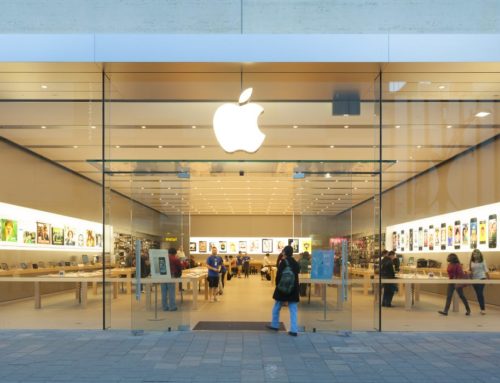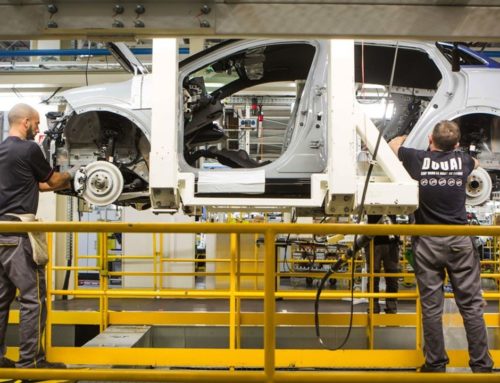The difficulties with voice assistants (and smart speakers in particular) are plentiful. Firstly, despite the ad campaigns, it is difficult to know the extent of their functionality without research or trial and error. And though natural language processing has massively improved, users still have to be savvy in the way they communicate with voice assistants.
As a quote attributed to Brian Ferren goes: “Technology is stuff that doesn’t work yet.” The third party ‘skills’ (the voice version of apps) available through Alexa early on have been developed in a rush to test the possibilities of the tech and not always with the user in mind.
The main issue
But these are not big problems for voice commerce. The main problem is the way that we like to shop. We like to see stuff before we buy it.
Now, I know the Echo Show has a screen, and that voice assistants can be used on a smartphone, but the fundamental point of voice commerce is something that is swifter, more hands-free and more eyes-free than interacting with a screen.
If you asked any ecommerce professional to name the most important feature of an ecommerce site, many would say product imagery. Helping online shoppers have confidence in what they are getting is a big part of converting visitors into sales. And that’s not just for fashion or furniture, imagery is important for online groceries, too. We may not need a HD image of our Findus Crispy Pancakes or the ability to rotate the image 360 degrees, but we certainly need an image of the packet for that instant recognition and reassurance: “Yes, those are the pancakes.”
Even if we become accustomed to asking a voice assistant to add our favourite products to our basket, there are other issues that could make the experience seem redundant. For important and regular orders, consumers are perhaps more likely to set up a subscription with Amazon or direct with the brand in question – weekly dog food deliveries, for example.
Sourced through Scoop.it from: www.marketingweek.com






Leave A Comment